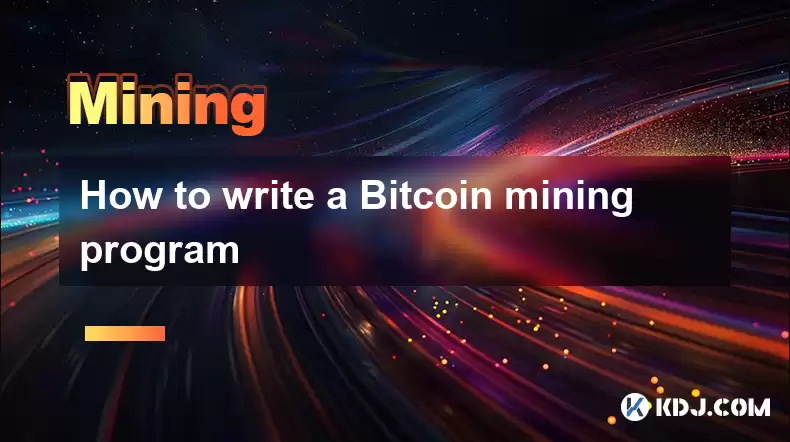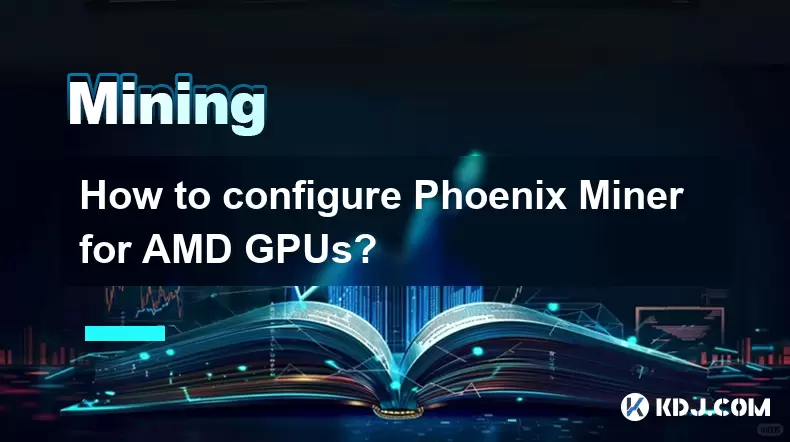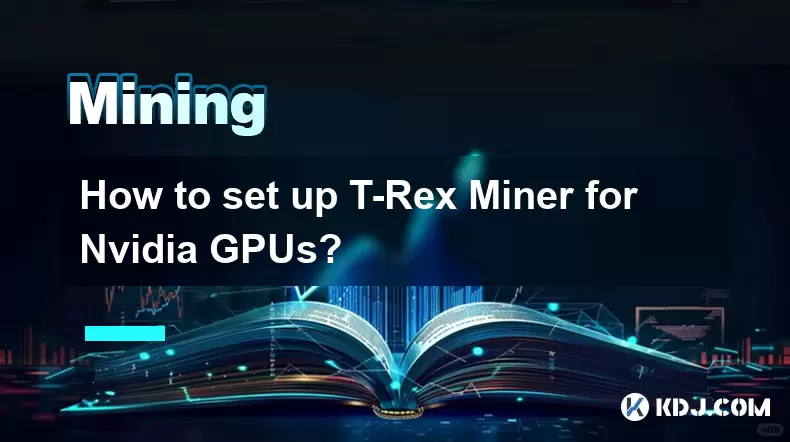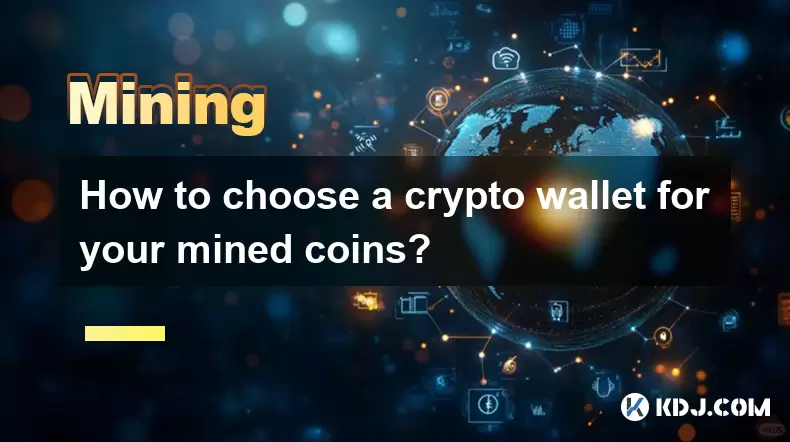-
 Bitcoin
Bitcoin $117700
-1.00% -
 Ethereum
Ethereum $4458
-3.91% -
 XRP
XRP $3.119
0.14% -
 Tether USDt
Tether USDt $1.001
-0.02% -
 BNB
BNB $836.6
-1.56% -
 Solana
Solana $189.5
-3.90% -
 USDC
USDC $0.9998
-0.02% -
 Dogecoin
Dogecoin $0.2335
1.29% -
 Cardano
Cardano $0.9642
1.51% -
 TRON
TRON $0.3539
-1.19% -
 Hyperliquid
Hyperliquid $47.41
-1.84% -
 Chainlink
Chainlink $21.92
-3.28% -
 Stellar
Stellar $0.4286
-0.23% -
 Sui
Sui $3.724
-3.29% -
 Bitcoin Cash
Bitcoin Cash $594.8
-0.78% -
 Ethena USDe
Ethena USDe $1.001
0.04% -
 Hedera
Hedera $0.2501
-2.06% -
 Avalanche
Avalanche $23.96
-4.87% -
 Litecoin
Litecoin $119.0
-2.32% -
 Toncoin
Toncoin $3.473
0.82% -
 UNUS SED LEO
UNUS SED LEO $9.596
0.17% -
 Shiba Inu
Shiba Inu $0.00001301
-0.39% -
 Uniswap
Uniswap $11.03
-0.25% -
 Polkadot
Polkadot $3.935
-2.62% -
 Dai
Dai $1.000
0.01% -
 Bitget Token
Bitget Token $4.564
-1.76% -
 Cronos
Cronos $0.1512
-4.11% -
 Ethena
Ethena $0.7306
-1.09% -
 Pepe
Pepe $0.00001087
-2.68% -
 Aave
Aave $300.2
-4.00%
How to write a Bitcoin mining program
To write a successful Bitcoin mining program, a comprehensive understanding of Bitcoin mining fundamentals, programming languages, and the hashing process is crucial.
Jan 12, 2025 at 11:42 pm

Key Points of Writing a Bitcoin Mining Program
- Understand the Basics of Bitcoin Mining: Grasp the concepts of blockchain, hashing, and proof-of-work (PoW).
- Choose an Appropriate Programming Language: Select a language like C++, Java, or Python based on your proficiency and the specific platform you intend to mine on.
- Set Up a Development Environment: Gather necessary software, libraries, and tools to write and compile your program efficiently.
- Create a Block Template: Design a data structure that represents the block you intend to mine, including its header and transaction data.
- Implement the Hashing Function: Code the SHA-256 hashing algorithm to generate a cryptographic digest of the block template.
- Modify the Nonce: Adjust the nonce field of the block header iteratively until a valid hash is found.
- Submit the Mined Block: Broadcast the successfully mined block to the Bitcoin network for verification and potential inclusion in the blockchain.
Comprehensive Steps to Write a Bitcoin Mining Program
1. Understand the Basics of Bitcoin Mining
Bitcoin mining is the process of creating new blocks on the Bitcoin blockchain by solving complex mathematical puzzles. This requires substantial computing power and is often performed using specialized hardware called ASICs (Application-Specific Integrated Circuits). The miners compete with each other to find a valid hash for a new block, and the first miner to do so receives a reward in Bitcoins.
2. Choose an Appropriate Programming Language
C++ is widely used for Bitcoin mining due to its excellent performance and support for low-level hardware interactions. However, Java and Python can also be employed, especially for testing or educational purposes. Consider the platform you intend to mine on (CPU, GPU, or ASIC) and select a language that aligns well with its requirements.
3. Set Up a Development Environment
Gather necessary software for your chosen programming language (e.g., compilers, debuggers) and install the Bitcoin Core library. It provides fundamental data structures and functions related to Bitcoin mining. Additionally, you'll need utilities for managing blockchain data and handling network communication.
4. Create a Block Template
A block template encapsulates the essential data of a new block, including its version, timestamp, previous block hash, Merkle root, and transaction list. Design and implement the data structure that represents this template in your chosen programming language.
5. Implement the Hashing Function
The SHA-256 (Secure Hash Algorithm 256-bit) is the hashing algorithm used in Bitcoin mining. Code this algorithm to generate a cryptographic digest (hash) of the block template you created. The resulting hash is a 256-bit value that must meet specific criteria to be valid.
6. Modify the Nonce
The nonce is a field in the block header that is incremented to find a valid hash. Iterate through different values of the nonce and recalculate the hash until the resulting hash meets the required difficulty level set by the Bitcoin network.
7. Submit the Mined Block
Once a valid hash is found, broadcast the mined block to the Bitcoin network. This involves transmitting the block to neighboring nodes and propagating it through the network for verification. If the block is accepted by the majority of nodes, it will be added to the blockchain, and the miner will receive their reward.
FAQs
- What is the difficulty of Bitcoin mining?
The difficulty of Bitcoin mining is dynamically adjusted by the network approximately every 2 weeks to maintain an average block production rate of 10 minutes. The difficulty is expressed as a target hash value, and miners must find a hash value that is less than or equal to the target to successfully mine a block.
- What are mining pools?
Mining pools are groups of miners who combine their computing resources to increase their chances of finding a valid hash. The rewards are then shared among the pool members based on their contributions. Joining a mining pool can be beneficial for individuals with limited computing power, as it allows them to participate in the mining process and earn rewards without the need for expensive hardware.
- What is the future of Bitcoin mining?
The future of Bitcoin mining is uncertain, as the halving of block rewards that occurs every 4 years reduces the profitability of mining. Additionally, the development of more efficient mining hardware and the potential adoption of alternative consensus mechanisms could impact the mining landscape.
Disclaimer:info@kdj.com
The information provided is not trading advice. kdj.com does not assume any responsibility for any investments made based on the information provided in this article. Cryptocurrencies are highly volatile and it is highly recommended that you invest with caution after thorough research!
If you believe that the content used on this website infringes your copyright, please contact us immediately (info@kdj.com) and we will delete it promptly.
- Kazakhstan's Crypto Leap: Bitcoin ETF and Central Asia's Digital Finance Future
- 2025-08-13 12:45:19
- BlockDAG Presale Blazes Past $371M: Fundraising Frenzy Fuels Crypto Sensation
- 2025-08-13 13:05:21
- Meme Coins: Chasing the 2025 Surge – Which Will Moonshot?
- 2025-08-13 10:25:23
- Bitcoin's Wild Ride: Rally, Pullback, and What's Next
- 2025-08-13 10:25:23
- Bitcoin, Bitmax, and Institutional Demand: A New Era of Crypto Investment
- 2025-08-13 10:45:12
- Solana, ROAM, and Airdrops: What's the Buzz in 2025?
- 2025-08-13 11:35:13
Related knowledge

How to configure Phoenix Miner for AMD GPUs?
Aug 11,2025 at 03:21am
Understanding Phoenix Miner and Its Compatibility with AMD GPUsPhoenix Miner is a lightweight, high-performance Ethereum mining software designed for ...

How to set up T-Rex Miner for Nvidia GPUs?
Aug 10,2025 at 12:07am
Understanding T-Rex Miner and Its Compatibility with Nvidia GPUsT-Rex Miner is a high-performance mining software designed specifically for Nvidia GPU...

What is "proof-of-work" and how does it relate to mining?
Aug 07,2025 at 02:03pm
Understanding the Concept of Proof-of-WorkProof-of-work (PoW) is a consensus mechanism used in blockchain networks to validate transactions and secure...

How to choose a crypto wallet for your mined coins?
Aug 13,2025 at 11:36am
Understanding the Types of Crypto Wallets for Mined CoinsWhen selecting a crypto wallet for your mined coins, the first step is to understand the diff...

What are the differences between mining on Windows vs. Linux?
Aug 06,2025 at 11:29pm
Overview of Cryptocurrency Mining PlatformsCryptocurrency mining involves using computational power to solve complex cryptographic puzzles and validat...

How to use an old computer for cryptocurrency mining?
Aug 07,2025 at 12:42pm
Understanding the Feasibility of Using an Old Computer for MiningUsing an old computer for cryptocurrency mining may seem outdated, but it is still te...

How to configure Phoenix Miner for AMD GPUs?
Aug 11,2025 at 03:21am
Understanding Phoenix Miner and Its Compatibility with AMD GPUsPhoenix Miner is a lightweight, high-performance Ethereum mining software designed for ...

How to set up T-Rex Miner for Nvidia GPUs?
Aug 10,2025 at 12:07am
Understanding T-Rex Miner and Its Compatibility with Nvidia GPUsT-Rex Miner is a high-performance mining software designed specifically for Nvidia GPU...

What is "proof-of-work" and how does it relate to mining?
Aug 07,2025 at 02:03pm
Understanding the Concept of Proof-of-WorkProof-of-work (PoW) is a consensus mechanism used in blockchain networks to validate transactions and secure...

How to choose a crypto wallet for your mined coins?
Aug 13,2025 at 11:36am
Understanding the Types of Crypto Wallets for Mined CoinsWhen selecting a crypto wallet for your mined coins, the first step is to understand the diff...

What are the differences between mining on Windows vs. Linux?
Aug 06,2025 at 11:29pm
Overview of Cryptocurrency Mining PlatformsCryptocurrency mining involves using computational power to solve complex cryptographic puzzles and validat...

How to use an old computer for cryptocurrency mining?
Aug 07,2025 at 12:42pm
Understanding the Feasibility of Using an Old Computer for MiningUsing an old computer for cryptocurrency mining may seem outdated, but it is still te...
See all articles

























































































